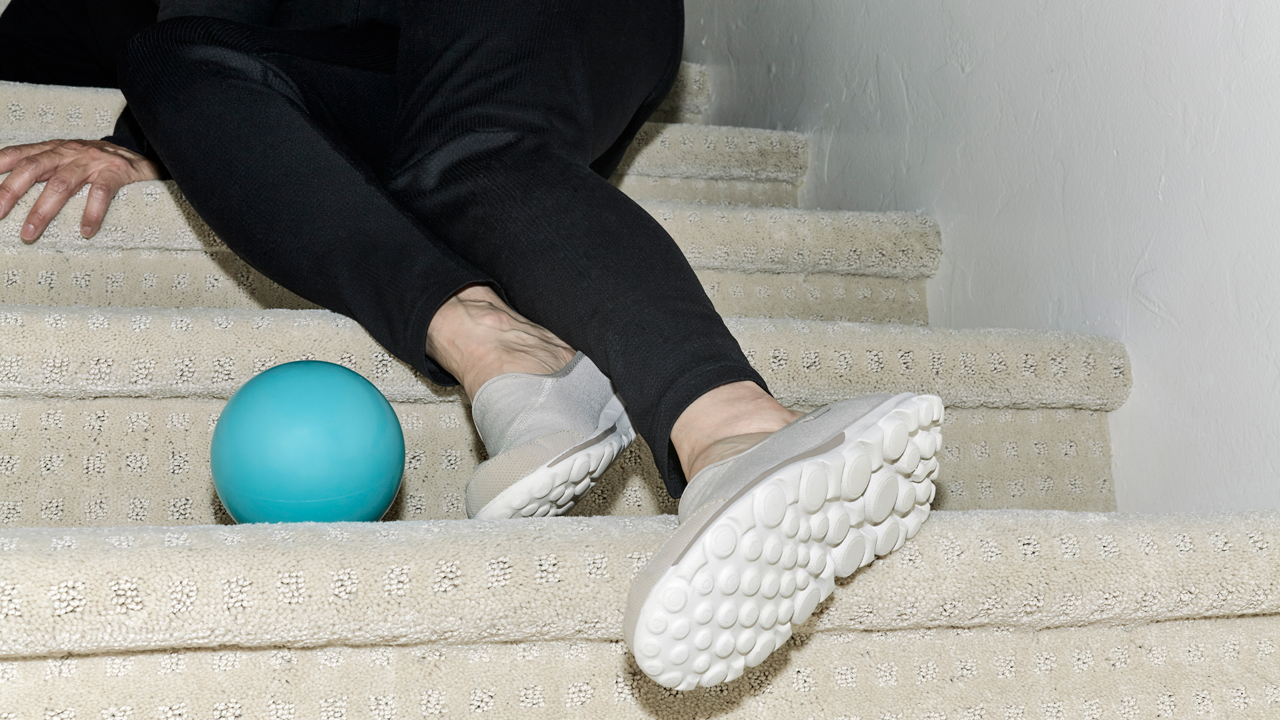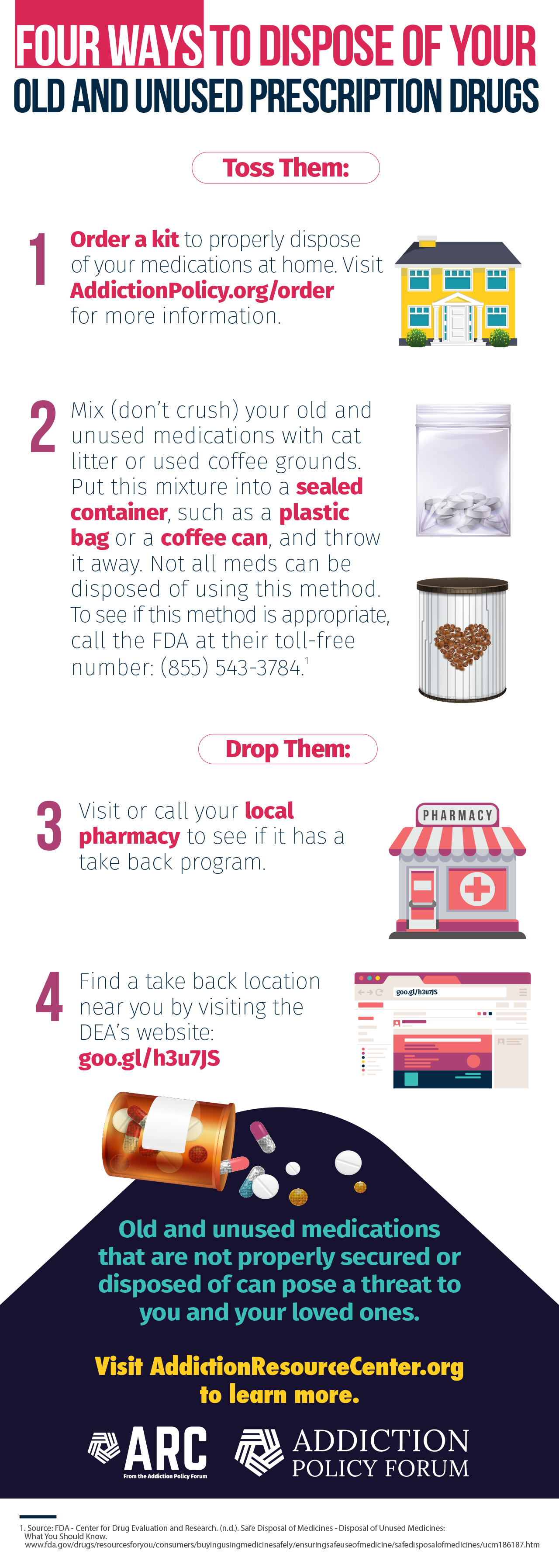2018-03-12T09:01:01
(BPT) – Hearing loss is often referred to as a silent disease. It doesn’t hurt and it often occurs so gradually over time that you barely notice the insidious damage it does. As a result, hard-of-hearing people often delay seeking treatment for their hearing loss.
Here are seven reasons you shouldn’t make that mistake.
1. Hearing loss can be a sign of a more serious illness

While in most cases hearing loss is a result of aging and excessive noise exposure, it can also be a symptom of a serious underlying medical condition. Some of these include tumors, cardiovascular disorders and diabetes. As such, hearing loss should never be dismissed.
2. Untreated hearing loss hurts your career and earning potential

Thinking about hiding your hearing loss at work because it makes you look incompetent and old? Think again! Misunderstanding instructions and asking people to repeat themselves all the time makes others question your ability to do your job. Minimizing communication breakdowns at work by wearing hearing aids will ensure that hearing loss doesn’t become a roadblock for your career.
3. Untreated hearing loss hurts your relationships with loved ones

Did your hearing loss cause you to miss out on a private joke with your pals? Or did you inadvertently hurt your grandchild’s feelings because you didn’t hear them calling you? Since good communication is vital to any close relationship, hearing loss can be hardest on the ones we love the most. Left unresolved, mounting resentment and frustration eventually strains your most cherished relationships.
4. Untreated hearing loss leads to rise in fall risk

Did you know that (along with vision) good hearing also helps you maintain spatial orientation and balance? This is why research has shown that those with even a mild untreated hearing loss are nearly three times more likely to have a history of falling than people with good hearing.
5. Untreated hearing loss has been linked to increased risk for cognitive decline and dementia

There is a growing body of evidence linking untreated hearing loss to physical changes in the brain, accelerated rate of cognitive decline, and cognitive disorders like dementia and Alzheimer’s disease. On the other hand, at least one long-term study shows wearing hearing aids reduces cognitive decline. Why would you take chances?
6. Untreated hearing loss can cause social isolation and depression

When you have a hard time hearing, social activities with friends and family start to become more embarrassing than fun. Your natural recourse may be slowly withdrawing from these activities that you once enjoyed. No wonder, then, that untreated hearing loss frequently leads to social isolation and even depression.
7. Treating hearing loss is easy and painless

Given all these reasons why untreated hearing loss is bad, here’s one piece of good news: Getting treated for hearing loss is easy! Unlike other serious medical conditions that may require surgeries or painful treatments, having your hearing loss evaluated and treated with hearing aids is easy and painless. In fact, most people who finally start to wear hearing aids regret that they didn’t seek treatment earlier.













